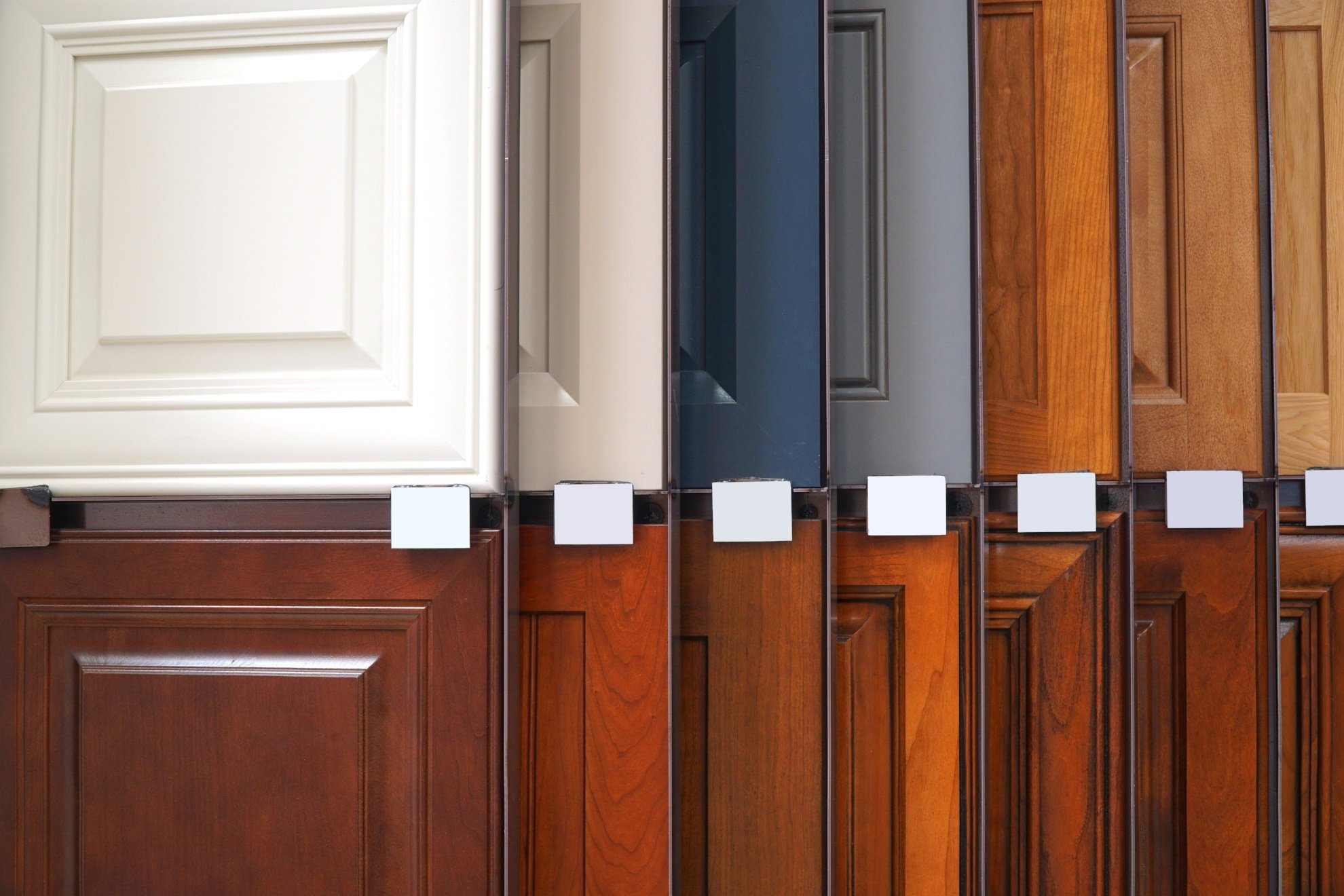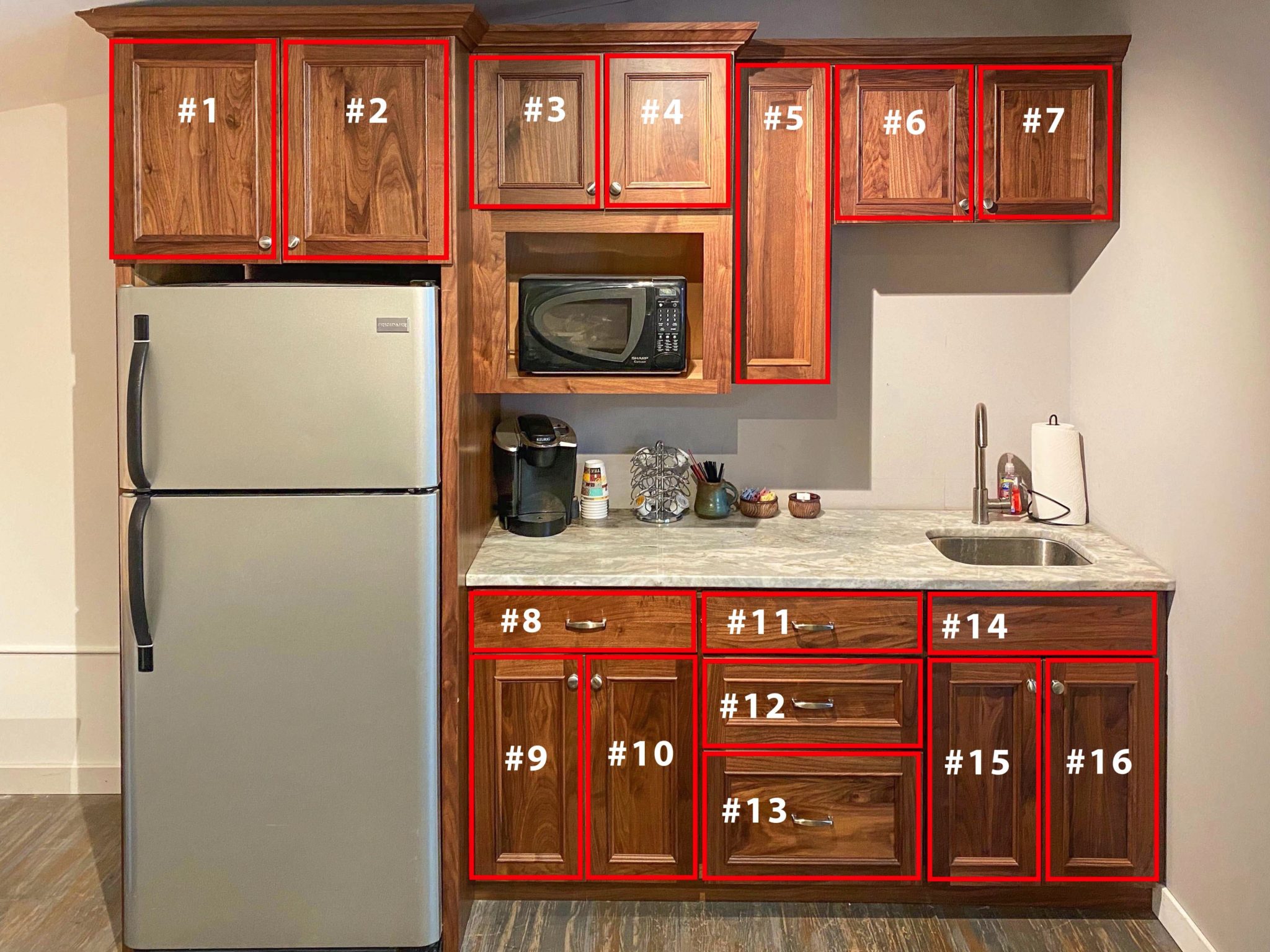Cost Comparison

Replacing your kitchen cabinet doors presents a significant home improvement decision, and understanding the financial implications is crucial. This section provides a detailed cost comparison of cork versus other popular materials, helping you make an informed choice aligned with your budget and aesthetic preferences. We will explore material costs, labor estimates, and potential long-term cost savings to illuminate the complete financial picture.
Material Costs and Labor Estimates
The total cost of replacing kitchen cabinet doors is influenced by several factors, most prominently the choice of material and the associated labor costs. Below is a table comparing the approximate costs of cork, wood, laminate, and painted finishes. Remember that these are estimates, and actual costs may vary depending on your location, the complexity of the project, and the quality of materials chosen.
| Material | Material Cost per Door (Estimate) | Labor Cost per Door (Estimate) | Total Cost per Door (Estimate) |
|---|---|---|---|
| Cork | $50 – $100 | $75 – $150 | $125 – $250 |
| Wood (Solid) | $100 – $300+ | $100 – $200 | $200 – $500+ |
| Laminate | $30 – $75 | $50 – $100 | $80 – $175 |
| Painted (Existing Doors) | $0 (if using existing doors) | $50 – $150 | $50 – $150 |
Note: These are average estimates. Prices may vary significantly based on factors discussed below. For example, exotic wood species will drastically increase the cost of wood doors. Similarly, intricate designs and custom sizes will impact the overall cost.
Price per Square Foot Comparison, Replacing kitchen cabinet doors cork
To visualize the cost differences more effectively, consider the price per square foot for each material. Imagine a bar graph. The horizontal axis represents the materials (Cork, Wood, Laminate, Painted). The vertical axis represents the price per square foot. The bars are colored as follows: Cork (light brown), Wood (dark brown), Laminate (grey), and Painted (light blue). The height of each bar represents the price per square foot, with wood having the tallest bar, followed by cork, then laminate, and finally painted (which may be very short or even near zero if existing doors are reused). A clear, sans-serif font (like Arial or Helvetica) is used for labels and values for maximum readability.
Factors Influencing Overall Cost
Several factors beyond material selection significantly impact the overall cost of replacing kitchen cabinet doors. Cabinet size directly influences the amount of material needed. Larger cabinets will naturally increase material costs. The complexity of the design also plays a crucial role. Intricate carvings, molding, or unique shapes will require more labor and potentially more expensive materials, thus increasing the total cost. Finally, regional variations in labor rates are substantial. Labor costs in major metropolitan areas tend to be higher than in smaller towns or rural areas. For example, a project costing $2000 in a small town might cost $3000 or more in a major city due solely to labor differences.
Aesthetic and Practical Considerations: Replacing Kitchen Cabinet Doors Cork

Choosing kitchen cabinet doors involves a careful balancing act between aesthetics and practicality. Cork, as a material, offers a unique blend of both, presenting a compelling alternative to more traditional options. Its natural beauty and sustainable nature are increasingly appealing to homeowners seeking environmentally conscious and visually interesting design choices. Let’s delve into the specific aesthetic and practical aspects of using cork for your kitchen cabinets.
Cork’s Aesthetic Appeal in Kitchen Design
Cork’s visual appeal stems from its naturally warm and inviting texture. Unlike the stark uniformity of many manufactured materials, cork displays subtle color variations and a distinctive, slightly grainy surface. This organic texture adds depth and character to kitchen spaces, creating a comforting and visually interesting backdrop for your culinary activities. Its natural tones, ranging from light beige to deep browns, can easily complement a variety of kitchen styles. For instance, lighter cork tones would beautifully complement a minimalist Scandinavian kitchen design, enhancing the clean lines and bright spaces. Conversely, darker cork shades could add warmth and richness to a rustic farmhouse kitchen, blending seamlessly with natural wood accents and vintage hardware. The inherent versatility of cork allows for creative expression, whether used as a feature wall in a modern kitchen or integrated subtly into a traditional setting.
Practical Advantages and Disadvantages of Cork Cabinet Doors
Understanding the practical aspects of cork cabinet doors is crucial for making an informed decision. Let’s weigh the pros and cons:
Replacing kitchen cabinet doors cork – The following points highlight the key practical considerations when choosing cork for your kitchen cabinets:
- Advantages:
- Sustainable and eco-friendly material, reducing environmental impact.
- Naturally insulating, helping to maintain a consistent temperature in the kitchen.
- Lightweight, making installation relatively easier compared to heavier materials like solid wood.
- Good sound dampening properties, reducing kitchen noise.
- Relatively resistant to scratches and dents, offering decent durability.
- Disadvantages:
- Susceptibility to water damage if not properly sealed and maintained. Prolonged exposure to moisture can lead to swelling or warping.
- Requires regular sealing and maintenance to protect against water damage and stains.
- May not be as durable as some other materials like solid wood or high-pressure laminate in high-traffic areas.
- Can be more expensive than some standard cabinet door materials.
- Limited color and pattern options compared to other materials.
Comparison of Cork with Other Cabinet Door Materials
The following table provides a direct comparison of cork with other popular cabinet door materials, focusing on maintenance, durability, and aesthetic appeal. The ratings are subjective and based on general industry perceptions and material properties.
| Material | Maintenance | Durability | Aesthetic Appeal |
|---|---|---|---|
| Cork | Moderate (requires sealing and regular cleaning) | Moderate (susceptible to water damage) | High (unique texture, natural variations) |
| Solid Wood | High (requires regular refinishing and care) | High (very durable and long-lasting) | High (classic, versatile look) |
| Medium-Density Fiberboard (MDF) | Low (easy to clean, but prone to damage) | Low (susceptible to moisture and scratches) | Moderate (can be customized with various finishes) |
| High-Pressure Laminate (HPL) | Low (easy to clean and maintain) | High (durable and resistant to scratches and moisture) | Moderate (wide range of colors and patterns available) |
Installation and DIY Potential

Replacing your kitchen cabinet doors with cork is a manageable DIY project, offering a rewarding blend of creativity and functionality. The process involves careful measurement, precise cutting, and secure attachment. While some experience with woodworking tools is helpful, the project is achievable for enthusiastic beginners with patience and attention to detail. Remember to always prioritize safety and wear appropriate protective gear throughout the process.
Steps Involved in Replacing Kitchen Cabinet Doors
The following steps provide a structured approach to replacing your kitchen cabinet doors with cork. Careful planning and preparation are key to a successful outcome. Take your time and double-check measurements at each stage.
- Remove Existing Doors: Carefully remove the existing cabinet doors, noting the hinge placement and any other relevant details. This usually involves unscrewing hinges or other fasteners.
- Clean Cabinet Frames: Thoroughly clean the cabinet frames to ensure proper adhesion of the cork. Remove any dust, debris, or old adhesive residue.
- Measure and Cut Cork Sheets: Accurately measure each cabinet door, adding extra material for adjustments. Cut the cork sheets to the measured dimensions using a sharp utility knife or electric cutter, ensuring clean, straight cuts.
- Attach Cork to Doors: Apply adhesive or use mechanical fasteners to securely attach the cork sheets to the cabinet doors. Ensure even pressure and proper alignment to prevent gaps or wrinkles.
- Reinstall Doors: Once the adhesive has dried or the fasteners are secure, reinstall the cabinet doors, ensuring proper alignment and functionality of the hinges.
- Finishing Touches: Apply any desired finishing touches, such as sealant or varnish, to protect the cork and enhance its appearance. Allow ample drying time before using the cabinets.
Measuring and Cutting Cork Sheets
Precise measurement and cutting are crucial for a professional finish. Using a measuring tape and a straight edge, take accurate measurements of each cabinet door. Mark these measurements onto the cork sheet using a pencil. For clean cuts, use a sharp utility knife or an electric cutter designed for cork or similar materials. A metal ruler or straight edge is essential to guide the cutting tool for straight lines. Practice on scrap cork before cutting the final pieces. For intricate shapes, consider using a jigsaw or coping saw.
Methods for Attaching Cork to Cabinet Doors
Several methods exist for attaching cork to cabinet doors, each with its own advantages and disadvantages. Choosing the right method depends on factors such as budget, skill level, and desired durability.
| Method | Cost | Ease of Use | Durability |
|---|---|---|---|
| Adhesive (e.g., construction adhesive) | Low | Moderate | Moderate |
| Mechanical Fasteners (e.g., small nails or brads) | Low to Moderate | Moderate to High | High |
| Combination (adhesive and fasteners) | Moderate | Moderate | High |
| Double-sided Tape | Low | Easy | Low |
